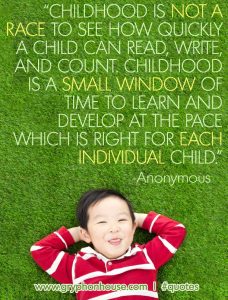Chapter 12: Documentation and Assessment
Students will:
- Review criteria to determine when and what to document
- Explain the purposes of documentation
- Justify documenting children’s play
- Describe different methods of documenting children’s learning
- Relate how to respect the rights of children and caregivers when documenting
- Discuss the role of assessment
- Describe how the Desired Results Developmental Profile can be used to assess children
- Summarize important considerations in assessment during early childhood
- Explain the importance of working with caregivers when documenting and assessing children
Documenting and assessing all the children in your care allows you to gradually build up a comprehensive picture of each child’s interests, strengths, and relationships, as well as an insight into areas they may be avoiding or skills they need help to develop. It will give you a clearer picture of the children in your program’s social interactions, creative ideas, and concerns. It will take some time and a concerted team effort to gather documentation on all the children in your care, but there are benefits. Having this kind of profile of all the children in your service will allow you to plan a curriculum that develops these interests and builds up these skills over time. [1]
Chapters:
- 12.1: Documentation
- 12.2: Assessment
- 12.3: Working with Caregivers
- 12.4: Conclusion
References
[1] Australian Government Department of Education (n.d.) Educator My Time, Our Place. Retrieved from files.acecqa.gov.au/files/National-Quality-Framework-Resources-Kit/educators_my_time_our_place.pdf


Feedback/Errata